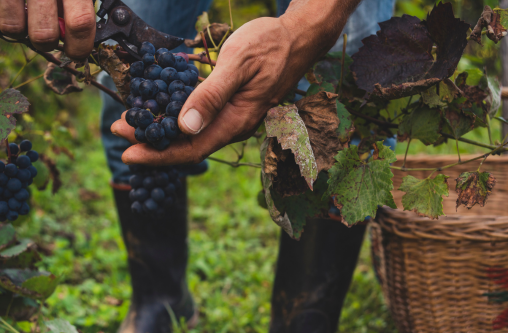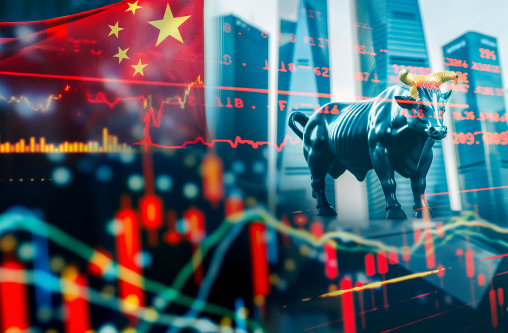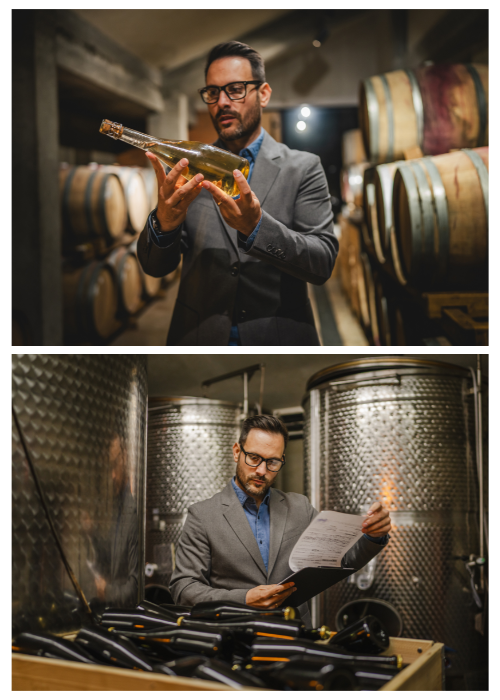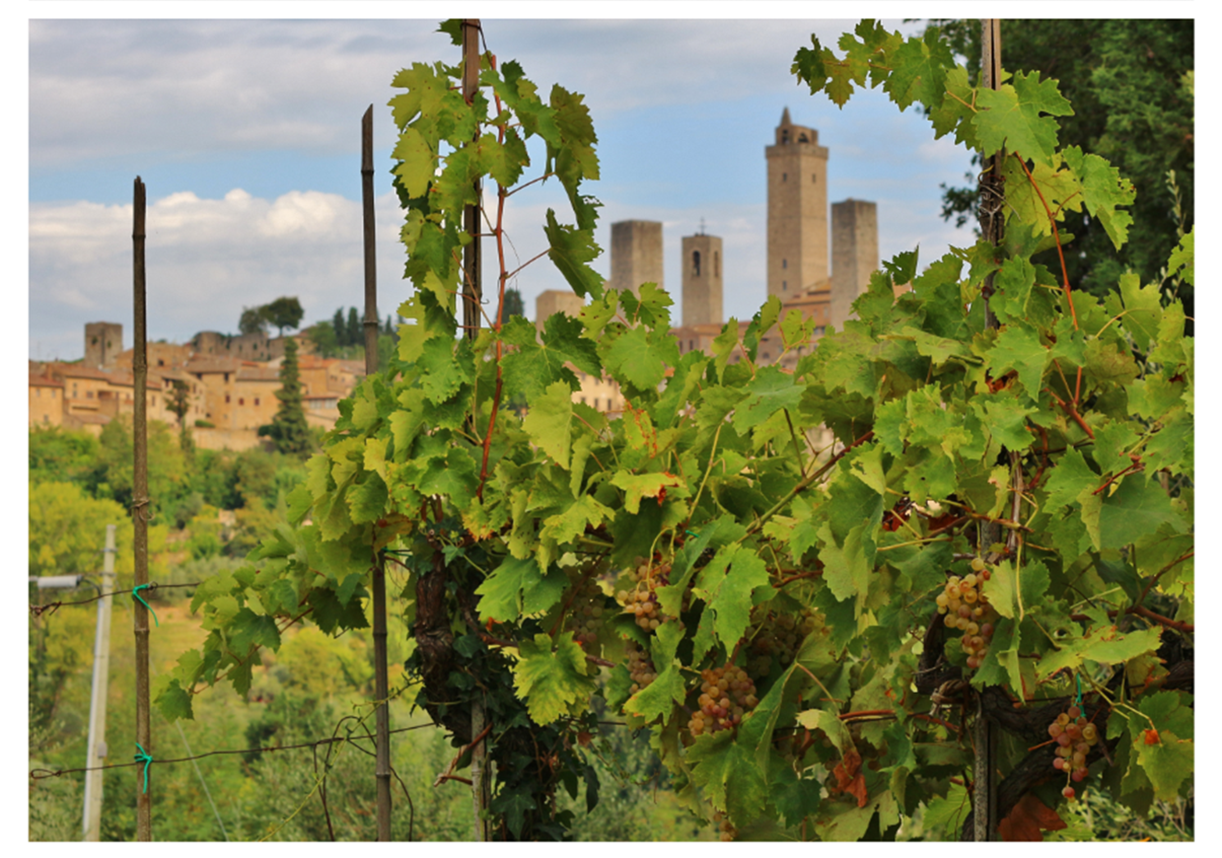Tagged Ink: In 2007, Colgin Cellars was among the first wineries to adopt Kodak’s Traceless System, an invisible marker added to printing ink. Paul Roberts, the winery’s COO, explained that only a handheld Kodak scanner can detect this marker. Colgin’s labels also feature subtle colour-shifting tags, where the colour inside the “o” in “Colgin” varies depending on the wine: purple for IX Estate Vineyard, reddish for Tychson Hill, and pewter for IX Estate Syrah. Additionally, Colgin’s gold and red capsule has a notch-matching one in the glass ring at the top of the bottle, making it difficult to replace after opening.
Tamperproof Capsule Seals: A common method of counterfeiting involves filling an empty bottle of an expensive wine with a cheap alternative and resealing it. Prooftag’s BubbleTag capsule seal aims to prevent this by featuring a translucent polymer square containing unique random bubbles, a 13-character alphanumeric code, and a QR or 2G code. The strip is applied at the château and is damaged if tampered with. Bordeaux’s Château Palmer has used BubbleTag on its bottles since the 2009 vintage. Consumers can verify authenticity by entering the code on Palmer’s website or scanning the QR code. Other notable adopters include Margaux, Lafite-Rothschild, Latour, and more.
Holograms and Encrypted Microtext: Credit cards have long used unique holograms with several security levels, a technique now adopted by many wineries. U.K.-based De La Rue Holographics designed one for ONDOV to authenticate Romanian wines. Château d’Issan’s labels include a hologram and a microtext code visible only under magnification, allowing traceability to the merchant who purchased it for resale.
NFC Chips: Château Le Pin introduced NFC security tags in 2013. Developed by Belgian company Selinko, these tags are placed behind the label and contain a tamperproof, encrypted digital certificate with unique bottle information. Buyers can verify authenticity using an NFC-enabled smartphone. NFC chips represent the next evolution of RFID technology. Since 2008, Opus One has incorporated NFC chips and special security ink on the capsule. At VinExpo Hong Kong, Selinko and Inside Secure unveiled CapSeal, featuring an NFC chip connected to an antenna in the bottle’s neck, deactivating when the capsule is removed.
How does Cult Wines Prevent Counterfeiting Wines?
To ensure authenticity, Cult Wines sources as much wine as possible directly from wine producers, negociants, or their appointed agents, significantly reducing the chances of fraud. Every case of wine added to the inventory undergoes a rigorous risk profile assessment. For higher-risk bottles, such as 20-year-old vintages, only trusted suppliers with impeccable records are used, ensuring reliable provenance. Additionally, our experienced team conducts thorough visual inspections of all stock upon arrival at our warehouse. This comprehensive approach guarantees the authenticity and quality of our wine inventory.





